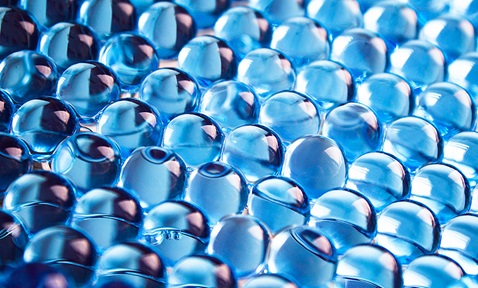
Carbon-Based Absorbents
Synopsis
This invention presents carbon aerogels synthesised from the pyrolysis of dried cotton, a common waste material. The aerogels exhibit low density, high porosity, and chemical stability. Their hydrophobicity enables selective absorbency of oil and organic solvents, making them ideal for pollutant removal and oil spill cleanup.
Opportunity
This invention recycles waste material to produce carbon-based aerogels with exceptional properties, such as low density, high porosity, high specific surface area and chemical stability. These aerogels exhibit hydrophobicity, allowing for the selective absorbency of oil and organic solvents, making them highly effective for pollutant removal and the separation of oil and organic solvents from water. Their buoyancy further enhances their suitability for oil spill cleanup operations.
Technology
This invention presents a method for fabricating carbon aerogels to serve as sorbents for oil and organic solvents. The process involves sourcing clean, dried raw cotton by processing it in a tubular furnace, vacuuming the dried raw cotton to remove air, and subjecting the cotton to pyrolysis at a negative pressure state to obtain carbon fibres, which are then made into carbon aerogels.
Applications & Advantages
Main application areas include oil spill cleanup, pollutant removal and industrial separation processes.
Advantages:
- Absorbs only organic solvents and oils, making it ideal for chemical and oil spill cleanups.
- Tested and proven to outperform commercial products
- Retrieval of absorbed material possible through distillation or squeezing
- Absorbed material can be burned off without affecting the absorbent’s properties
- Absorbent material can be reused multiple times
- Tested for a wide range of organic solvents and oils
- Avoids the generation of acidic waste and chemicals used in production of graphene-based absorbent materials


.tmb-listing.jpg?Culture=en&sfvrsn=ab6472c8_1)

.tmb-listing.jpg?Culture=en&sfvrsn=b5366f51_1)










